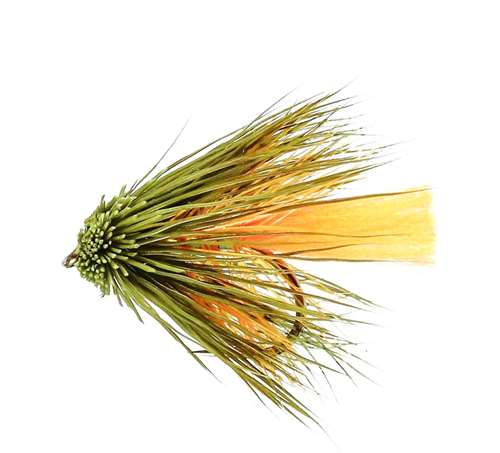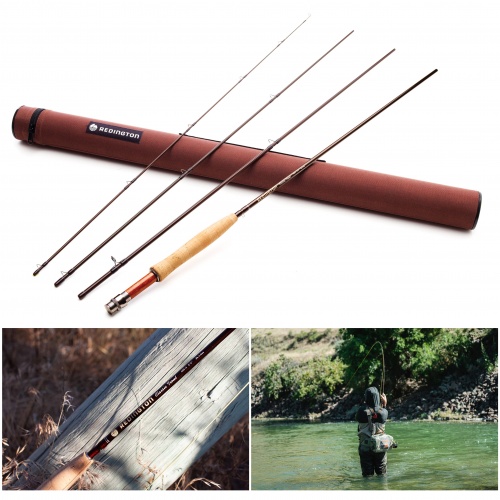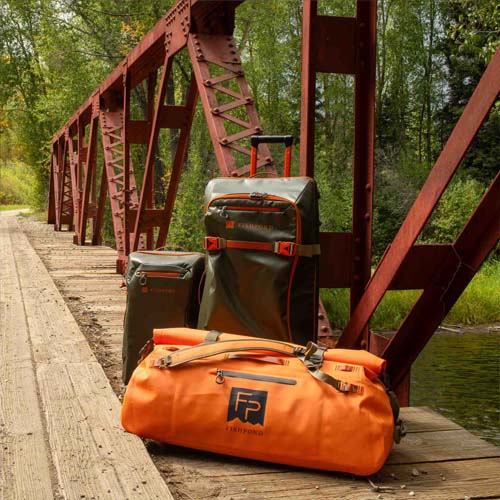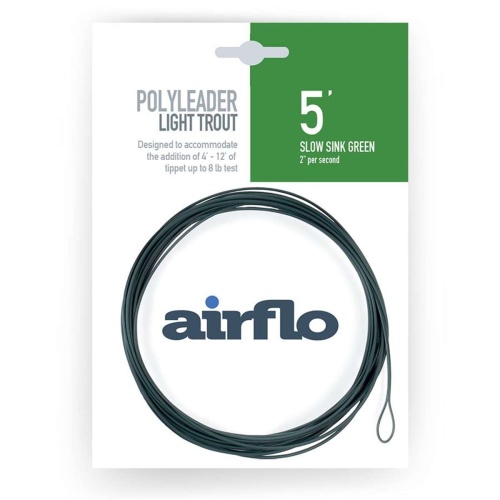As we head into October the fry fishing on the reservouirs around the UK is phenomenal! The trout are feeding hard on fry patterns so keep reading to see our top fly choices! There’s a real chance of catching yourself a big, overwintered and hard fighting fish at the moment too! Getting yourself out in some open water with a fast sinking line with a big snake or minkie fly is proving to be deadly at the moment! Those who prefer to fish a lighter sinking line will likely find fry feeders around the weed beds. What are you waiting for? Call your fishing friend and get out there with our top fly picks!
Trout Fly Fishing Blog
Blog with advice on trout fly fishing. Whatever your preferred target, brown trout on rivers or becks and small streams or stillwater rainbow trout we have advice for you.
Take a look at these winter fishing tips. Including top winter fly picks for river and stillwater fly fishing! These tips will keep you catching over the cold winter months!
As the of another trout season draws to a close, those keen to continue swinging a rod, turn to grayling fishing through the winter months. Although grayling have the same spawning period as other coarse fish they obviously come into season on June 16th. However, most anglers still have their heads full of trout at this time and rarely switch to grayling proper until after September 30th.
Originally labeled the “Bristol Hopper” what we now know as the ‘Hopper’ was developed in the Bristol area on reservoirs like Chew Valley some years ago now. The original I believe was the Amber Hopper though theses days this dressing has been used as a blue print for all the hoppers we see today.
Your Guide To Catch and Release! Keep reading for The Essential Fly top tips on handling fish in hot weather!
It seems these days that the camera has replaced the priest, as more and more anglers look to return their catch rather than kill fish. In many respects this is a great trend as not only are more fish to go round, but in a world of ever increasing prices, generally speaking catch and release permits work out cheaper. And, where wild trout are concerned, it’s important to return our catch so they can go on and spawn future generations. Firstly, whether you plan to return, or kill a given fish, we should respect our quarry. Let’s look at some tips to help take care of your catch.
There are lots of sedge/caddis patterns we can choose from when it comes to imitating sedges on the warmer evenings, however perhaps one of the most versatile dressings is the ‘Elk Hair Caddis’. Developed by an American called Al Troth this pattern can be dressed with, or without a palmered hackle. Obviously, a fly with the body palmered hackle has superior floating properties, which comes in handy when fishing more animated water, like a tumbling pool on a stream, or a big, rolling wave on a reservoir. A hackle-less version naturally rides lower in the surface film, making it a favourite where smooth, flat water occurs and when trout are targeting stillborn, or spent caddis that lie almost flush in the film.
Perhaps the most celebrated period for us fly fishers’ is the month of May when we prepare ourselves for the arrival of mayflies. Appearing from the middle of May and through to early June, Mayflies are our largest and most graceful upwing species. The sight of the first mayfly of the season never fails to excite and is something both trout and angler revere.
According to many “Black is All things to All fish”…and there’s a lot of sense in that statement given the amount of black imitations at our disposal these days. Whilst they all have their day the humble black spider is nothing short of the perfect all-rounder in my eyes.
Whether you choose to fish on rivers, or lakes/reservoirs this dressing has saved many a blank. As fly tyers habitually tinker with fly patterns, it’s not surprising then that many variants of the Black Spider exist. Yet, in its simplest of forms the black spider consists of nothing more than black tying thread and a black hen hackle. Personally, I like them sporting a rib, with silver being the obvious choice though a pattern using red wire is extremely attractive too. And, if it boosts a wee thorax of peacock ice-dub then all the better. You see, instantly I’ve moved the goal posts from the original dressing!
As anglers we all have one aim, to catch fish! were going to simplify things for you and highlight the key bits of kit you're going to need to get the most out of your days fishing!
So, you've got your waders, rod, reel, line and flies but you now need to choose what your going to carry your essentials in when you go fishing! Weather that be a waistcoat, rucksack, chest or hip pack.
There's one problem with them? They have that many pockets we have to fill them all with gear! which, in turn leaves you frantically searching for that one thing you need!
Lets break it down and de-bulk what you take out on the water so you can get your flies in the water faster!
Fly fishing seems quite overwhelming at first, but don't worry, this beginners guide is intended to teach you all the basics, and give you the basic knowledge and tools to get out there are start fly fishing! Let us help you with the basics of how to fly fish!
Wychwood Flow Reel 7/8
We take a closer look at the Wychwood Flow Reel and take a closer look at the features and benefits it offers!
Choosing your first fly rod, or even upgrading can be somewhat agonizing, especially for beginners. Here, we offer advice on what to look for, which those new to fly fishing should find useful.
Watching the water is the key to a successful days fishing, but how do you understand what it is saying? When feeding Trout's movement will tell you what they are eating.
With so many manufacturers what size clothing do you need? Here you will find a size guide for each manufacturer available to The Essential Fly for easy measuring.
Step By Step Fly Tying Guide is at the bottom of this article
We are big fans of this deadly lure range the Marsdens' Mohicans!. Tied on super strong Partridge K4AY Barbless Sproat Grub & Buzzer Hooks assures you of a reliable fly whatever you are fishing for.
An essential guide.
For General Salmon fly fishing there are a few things to look for in a good reel, here is our recommended checklist of features. Also check out our top tops for salmon fly reel protection.
Since A Treatise of Fysshynge with an Angle in 1496 by Dame Juliana Berners we have been writing about the hunting fish through fly fishing techniques. Trout fly fishing particularly grew dramatically with the Victorians and through the 1800's when Trout were transferred as ova to British Colonies with the first successful transfer of Brown Trout Ova aboard the Norfolk with Itchen and Wye trout introduced to Victoria, Australia
Trout fly fishing has ranged from stunning waters like the English Chalk Streams and the Catskills to lochs and rivers where natural Brown Trout occur to stocked lakes like Arnfield, Grafham or Roxholme. Whatever your preference there is a massive offering for trout fly fishing world-wide.
Hans Van Klinken, Barbless Mohicans, & Straggle String
Kick Sampling!

























